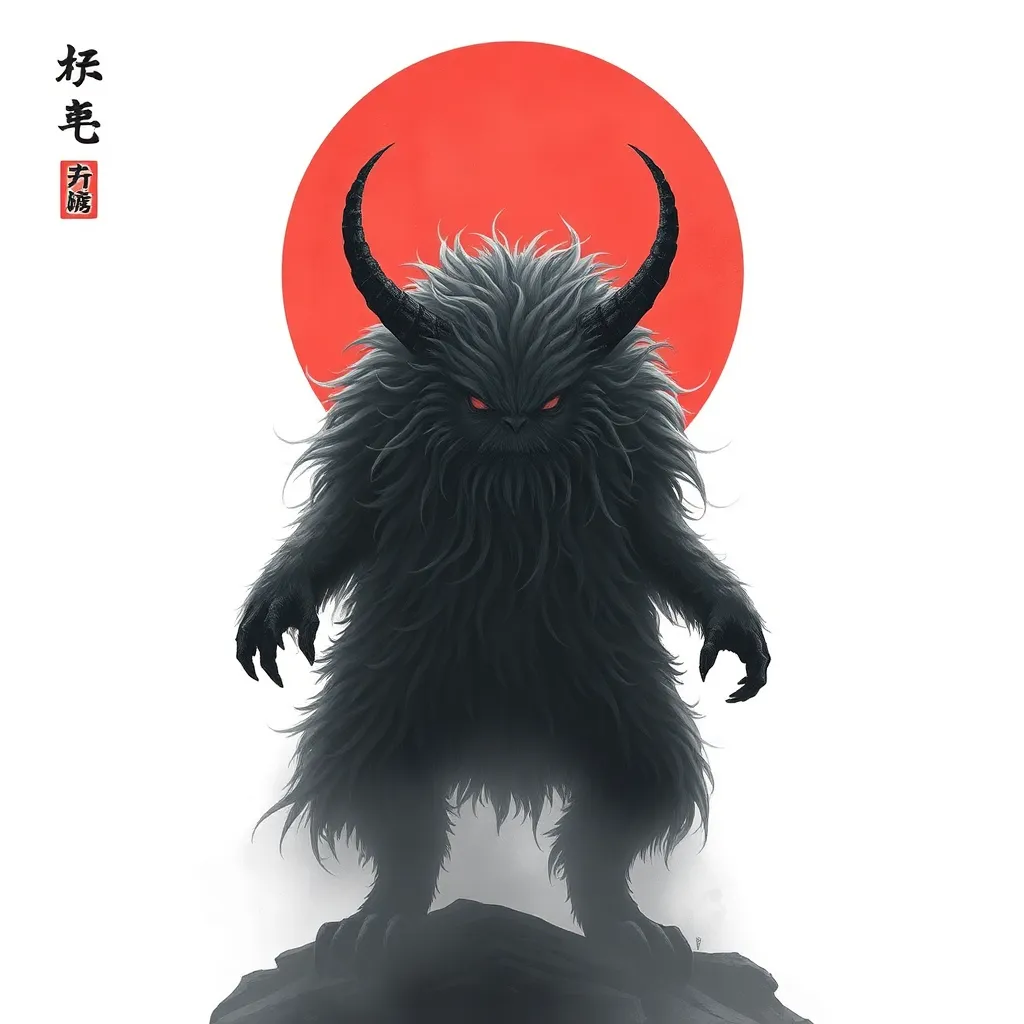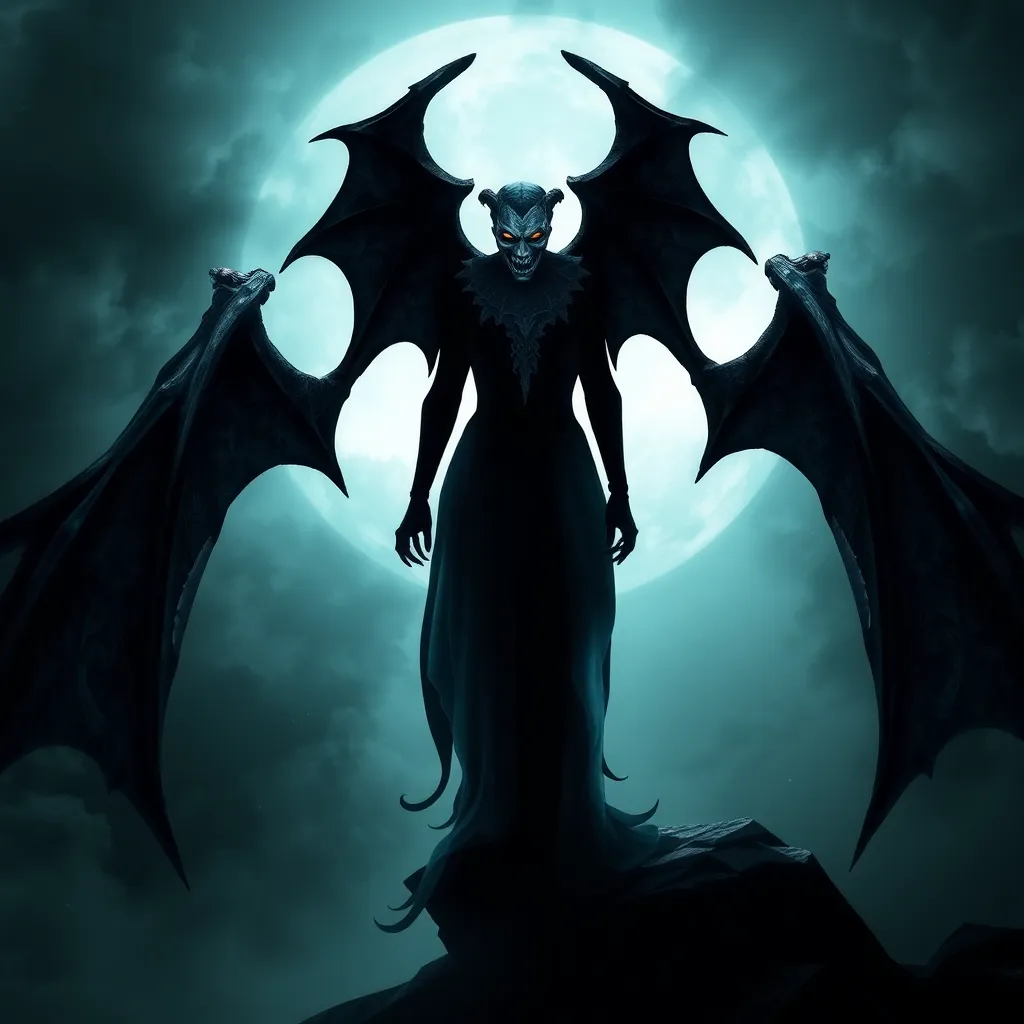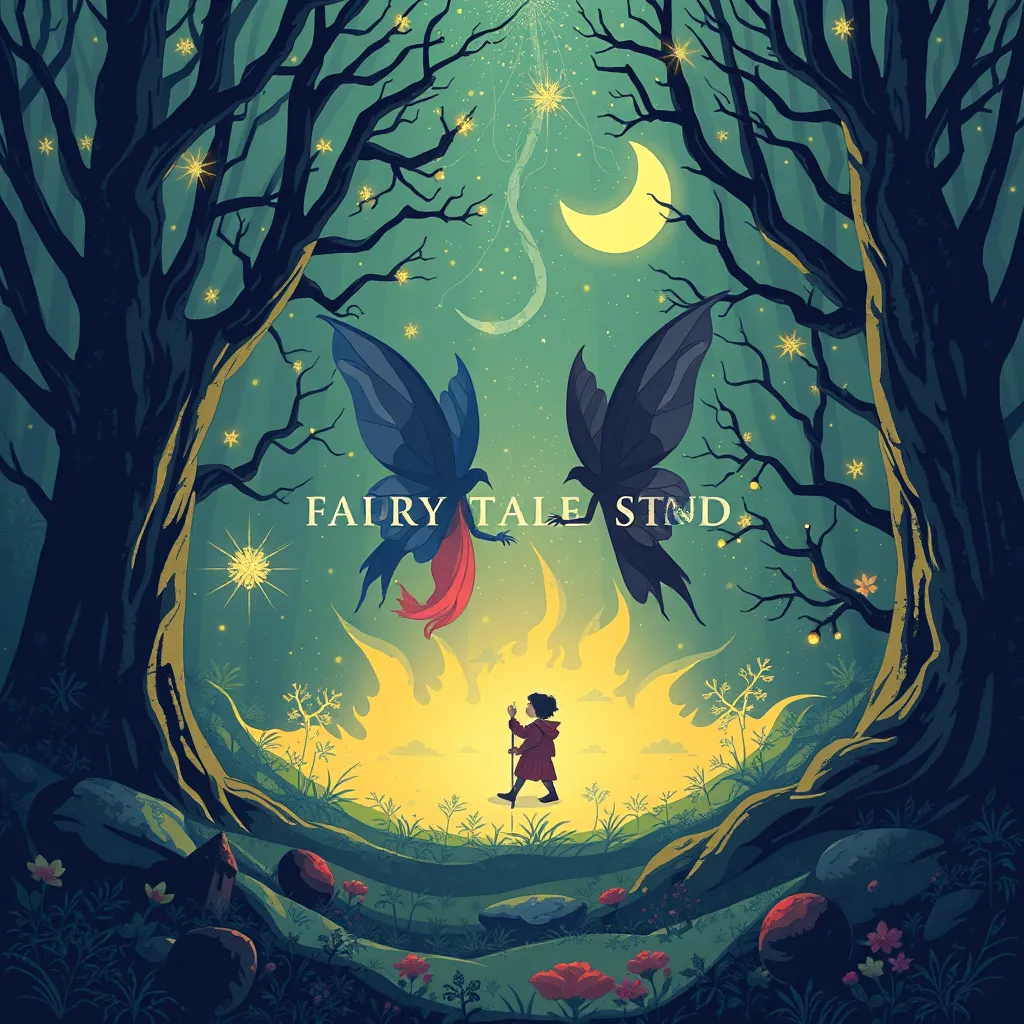The Momo: Japanese Legend of the Hairy, Shadowy Watcher
I. Introduction to the Momo
The Momo, a mystical creature steeped in Japanese folklore, is often described as a hairy, shadowy entity that roams the mountains and forests of Japan. This elusive figure, sometimes referred to as the “Hairy Man,” has captured the imagination of many, serving as both a cautionary tale and a symbol of the unknown. The significance of the Momo stretches beyond mere entertainment; it reflects deeper cultural anxieties and the human fascination with the supernatural.
Rooted in ancient traditions, the Momo legend has evolved over generations, with variations appearing in different regions of Japan. Each locality has its own interpretation, often influenced by local beliefs and the environment, yet the central theme of the Momo as a watcher or observer remains constant.
II. Historical Context of the Momo Legend
The origins of the Momo can be traced back to Japan’s rich tapestry of folklore, which includes a myriad of supernatural beings and spirits. The Momo is thought to be related to the broader category of yōkai—mysterious creatures that embody the fears and uncertainties of human existence. These tales were traditionally passed down orally, allowing the Momo to adapt and change over time.
As Japan modernized, the Momo myth evolved further, often reflecting societal changes, fears, and the relationship between humans and nature. The legend has been shaped by historical events, local superstitions, and the influence of neighboring cultures, creating a multifaceted narrative that continues to fascinate people to this day.
III. Physical Description of the Momo
The Momo is typically depicted as a large, hairy creature, somewhat resembling the Western concept of Bigfoot. Common traits include:
- Height: Often described as towering over an average human.
- Fur: Thick, shaggy hair that can vary in color from dark brown to black.
- Eyes: Glowing or reflective eyes that are said to be intimidating and watchful.
- Footprints: Large, distinct footprints that leave an unmistakable mark on the forest floor.
Variations in the Momo’s appearance can be observed across different regions in Japan. For instance, in some areas, the Momo is depicted with a more humanoid shape, while in others, it takes on a more beastly appearance. These differences often reflect the local environment and the specific fears or beliefs of the community.
IV. The Momo’s Behavior and Mythological Traits
The behavior of the Momo is often characterized by its elusive and mysterious nature. Typical actions associated with the Momo include:
- Watching: The Momo is often described as a watcher, lurking in the shadows and observing humans from a distance.
- Stealing: Some legends suggest that the Momo may steal food or livestock, creating a sense of fear and unease in local communities.
- Warning: In some stories, the Momo acts as a guardian of the forest, warning people against venturing too far into the wilderness.
The Momo symbolizes the fear of the unknown and the consequences of straying from familiar paths. In Japanese culture, it represents the thin line between the human world and the supernatural, a reminder of the mysteries that lie beyond our understanding.
V. The Momo in Popular Culture
In contemporary media, the Momo has experienced a resurgence in interest, appearing in various forms of entertainment. Representations include:
- Films: The Momo has been featured in horror films that explore themes of isolation and the supernatural.
- Literature: Modern authors often incorporate the Momo into their narratives, reimagining the creature for new audiences.
- Art: Visual artists have depicted the Momo in various styles, capturing the creature’s enigmatic essence.
The impact of the Momo on contemporary Japanese society is significant, as it serves as a cultural touchstone that connects modern audiences with their folklore. It sparks conversations about tradition, fear, and the nature of belief in a rapidly changing world.
VI. Comparative Analysis with Other Mythical Creatures
The Momo shares similarities with other legendary creatures, such as Bigfoot in North America and the Yeti in the Himalayas. Key similarities include:
- Elusiveness: All three creatures are known for their ability to evade capture and remain hidden from human eyes.
- Physical Appearance: They are often depicted as large, hairy beings that instill fear in those who encounter them.
- Symbolism: Each creature represents humanity’s struggle with the unknown and the natural world.
However, the Momo is distinct in its cultural context and the specific fears it embodies. Unlike Bigfoot or the Yeti, which are often portrayed as mere curiosities or subjects of investigation, the Momo is deeply rooted in Japanese spirituality and the relationship between humans and nature, making it a unique figure in the world of folklore.
VII. The Role of the Momo in Japanese Society Today
The Momo continues to play a crucial role in preserving folklore and storytelling traditions in Japan. Cultural events and festivals often highlight local legends, including the Momo, allowing communities to share their heritage with younger generations.
Furthermore, discussions about the Momo often touch upon broader themes of fear and the unknown. In a society increasingly dominated by technology and urbanization, the Momo serves as a reminder of the natural world and the mysteries it holds. It encourages people to reflect on their relationship with the environment and the importance of preserving these age-old stories.
VIII. Conclusion
In summary, the Momo is a significant figure in Japanese folklore, embodying the complexities of fear, the unknown, and the human experience. Its evolution from ancient legend to modern cultural phenomenon illustrates the enduring power of myths in shaping societal beliefs and values.
As we navigate an increasingly complex world, the Momo reminds us of the stories that connect us to our past and the mysteries that still linger on the fringes of our understanding. The legend of the Momo endures, continuing to inspire curiosity and reflection in the hearts and minds of those who encounter its shadowy presence.




